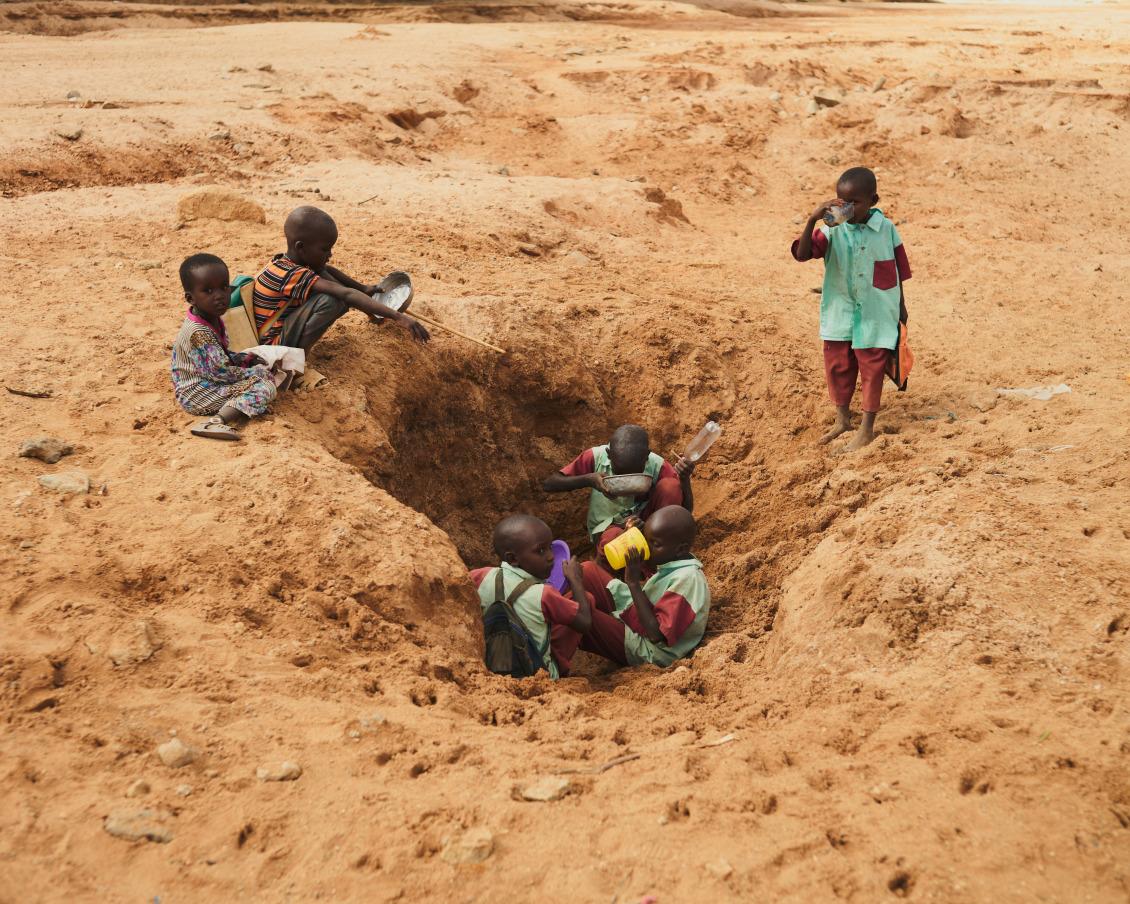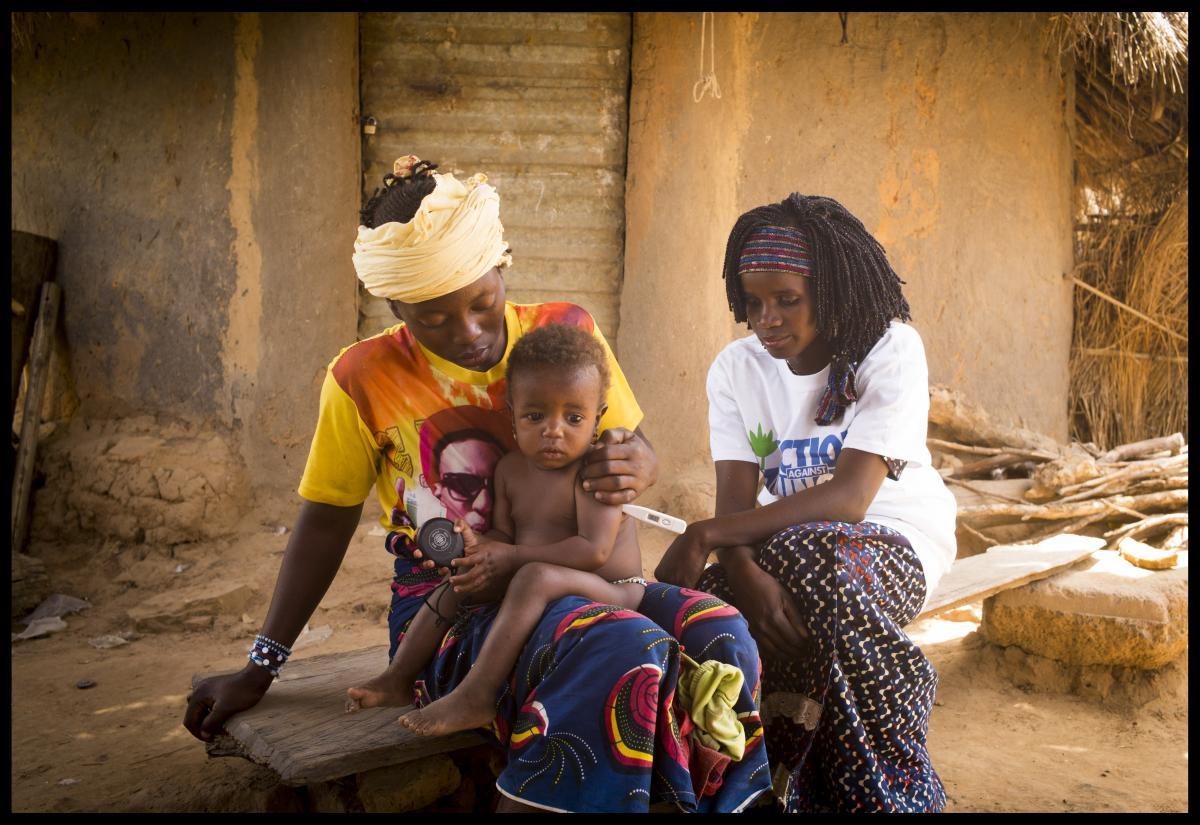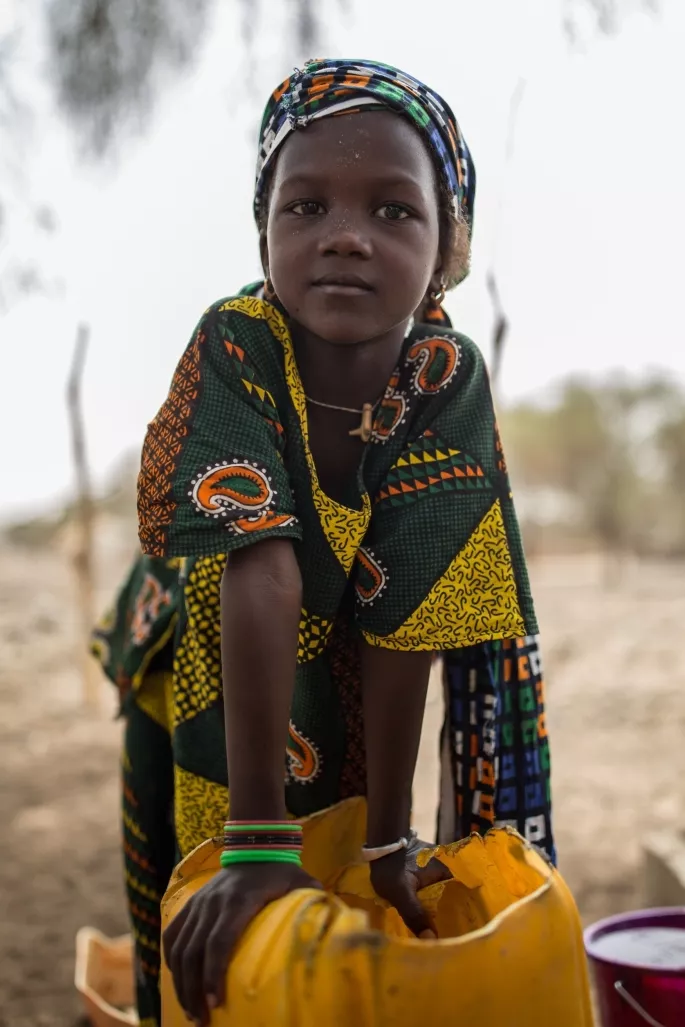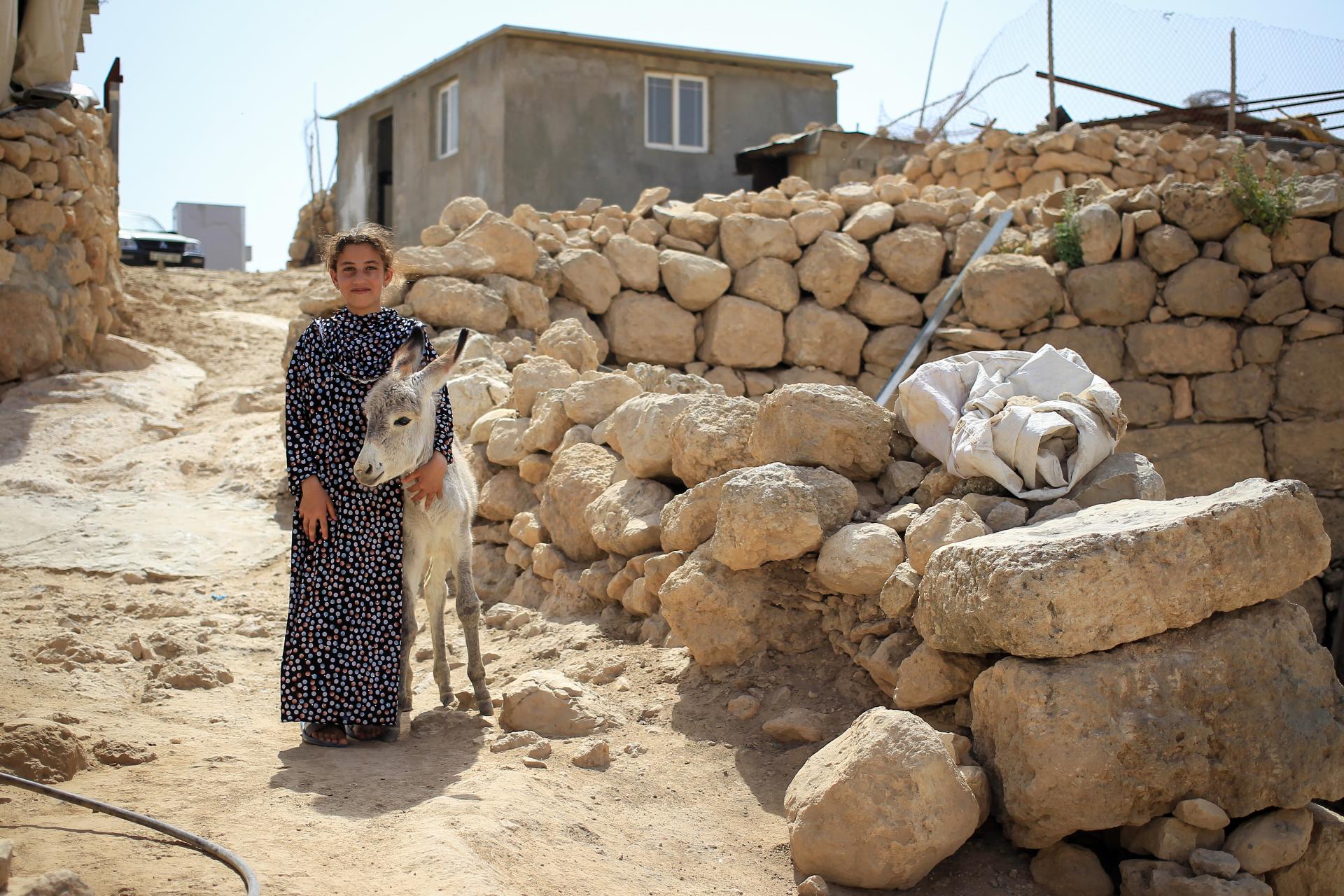
INEQUALITY
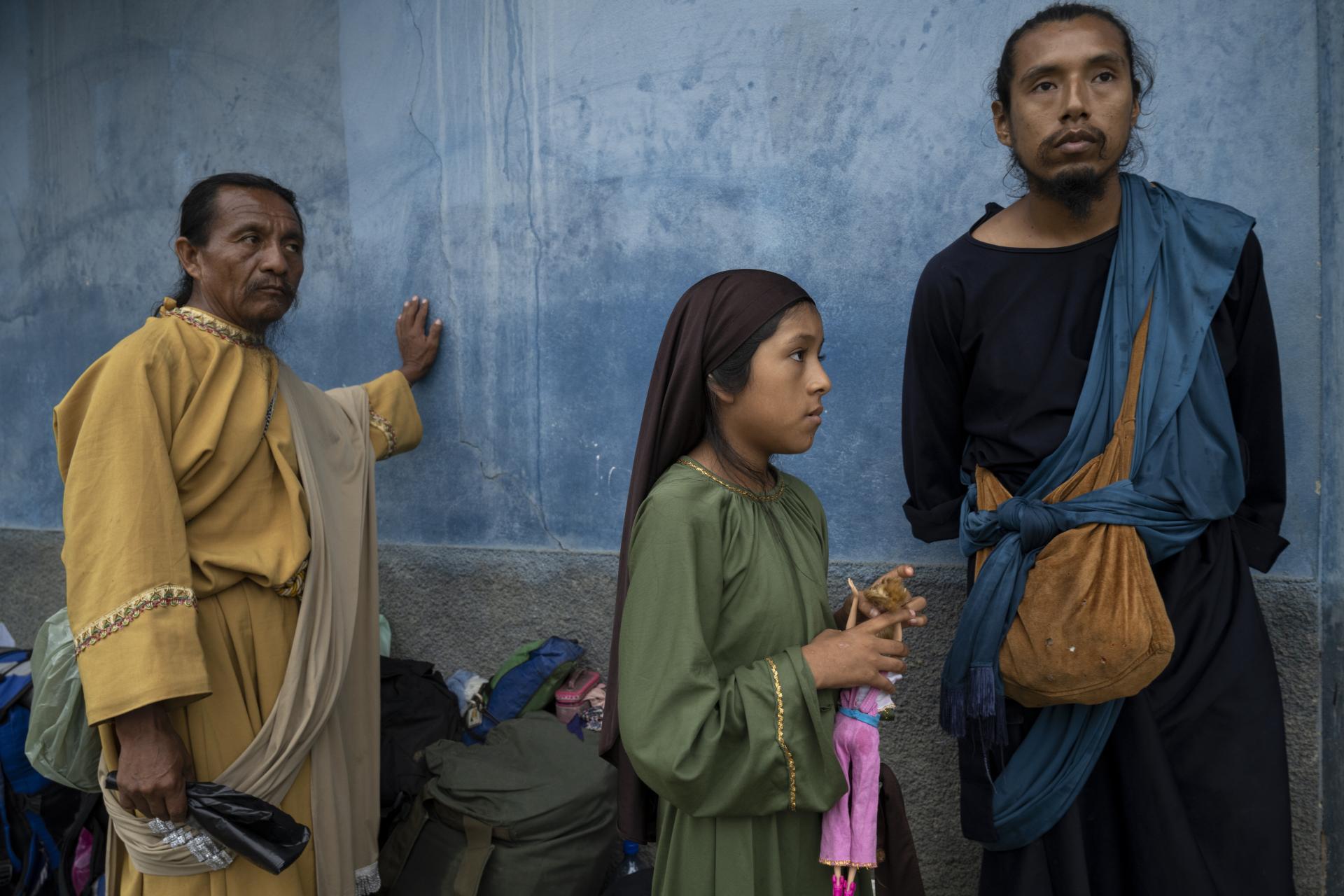
AN UNEQUAL WORLD IS A HUNGRY WORLD
When the world is unequal, access to nutritious food is not equal, and marginalised people within a community - such as women, displaced people and refugees, and the disabled - are more likely to face barriers in accessing essential services, jobs, income and resources. This inequality causes hunger, especially chronic hunger, which in turn exacerbates inequality.
THE STATE OF GLOBAL FOOD INEQUALITY
More than enough food is produced to feed everyone on the planet. However, after declining steadily for a decade, world hunger is on the rise.
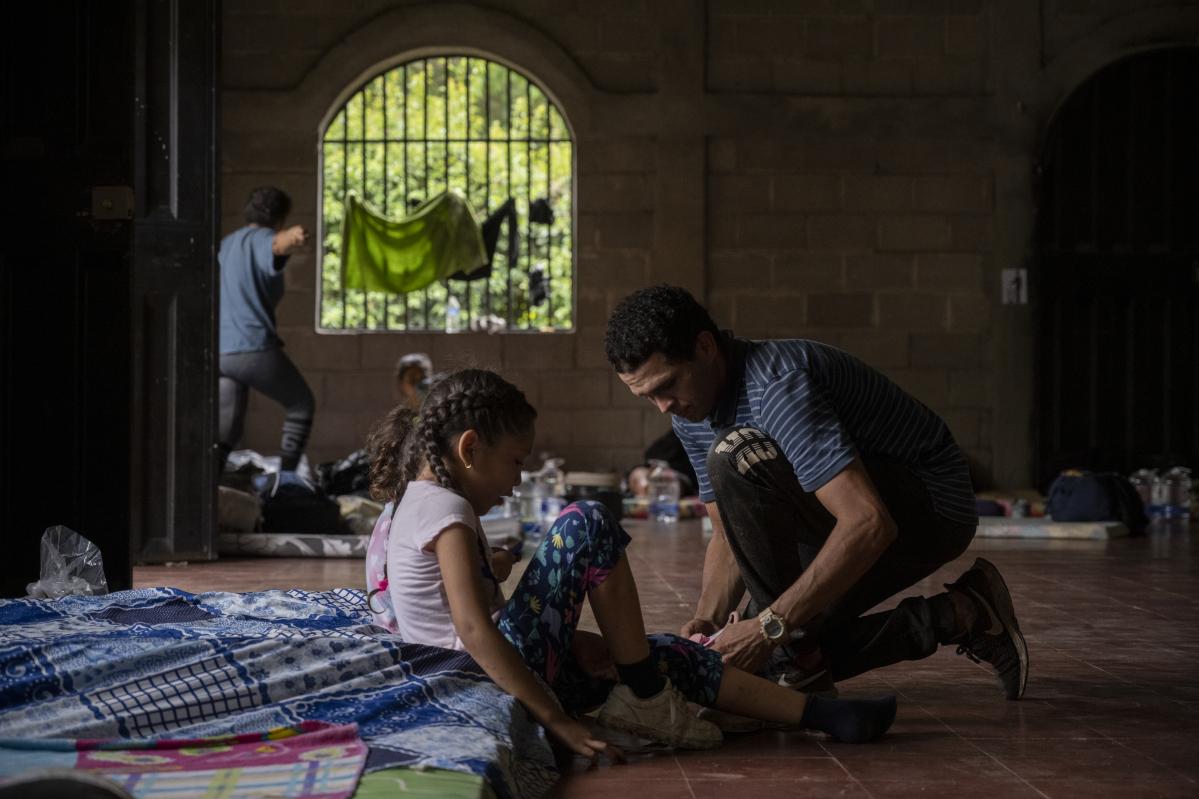
3.000
million people cannot
afford a healthy diet.
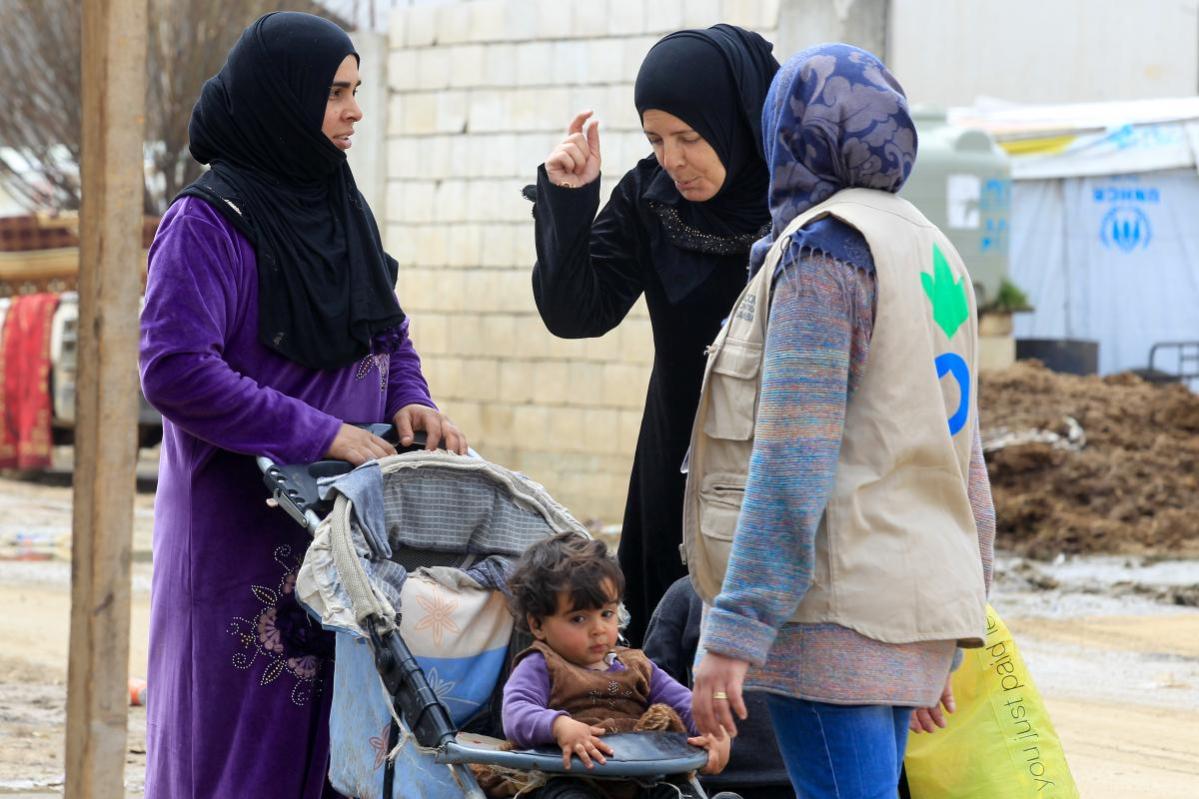
150
million more women
than men went hungry
in 2021.

8%
of the world's population
will be undernourished
in 2030.

HUNGER: THE GENDER GAP
The main drivers of hunger - conflict, climate change and inequality - also affect women more. In many places, women eat the least or last, despite the fact that 90% of the time they are responsible for preparing and buying food for their families. Recent data reveal that 150 million more women than men were going hungry in 2021, with the largest gaps found in Latin America, Asia and the Caribbean. At the same time, women are our most powerful allies in the fight against hunger.
THE RISING COST OF A HEALTHY DIET
More than 3 billion people in the world cannot afford the average cost of a cheap and healthy diet. In both rich and poor countries, having low disposable income when nutritious food is expensive can have serious repercussions. Eating poor quality food can lead to malnutrition, micronutrient deficiencies and other health problems. If rising food costs are not matched by job opportunities with rising incomes, more people risk going hungry.
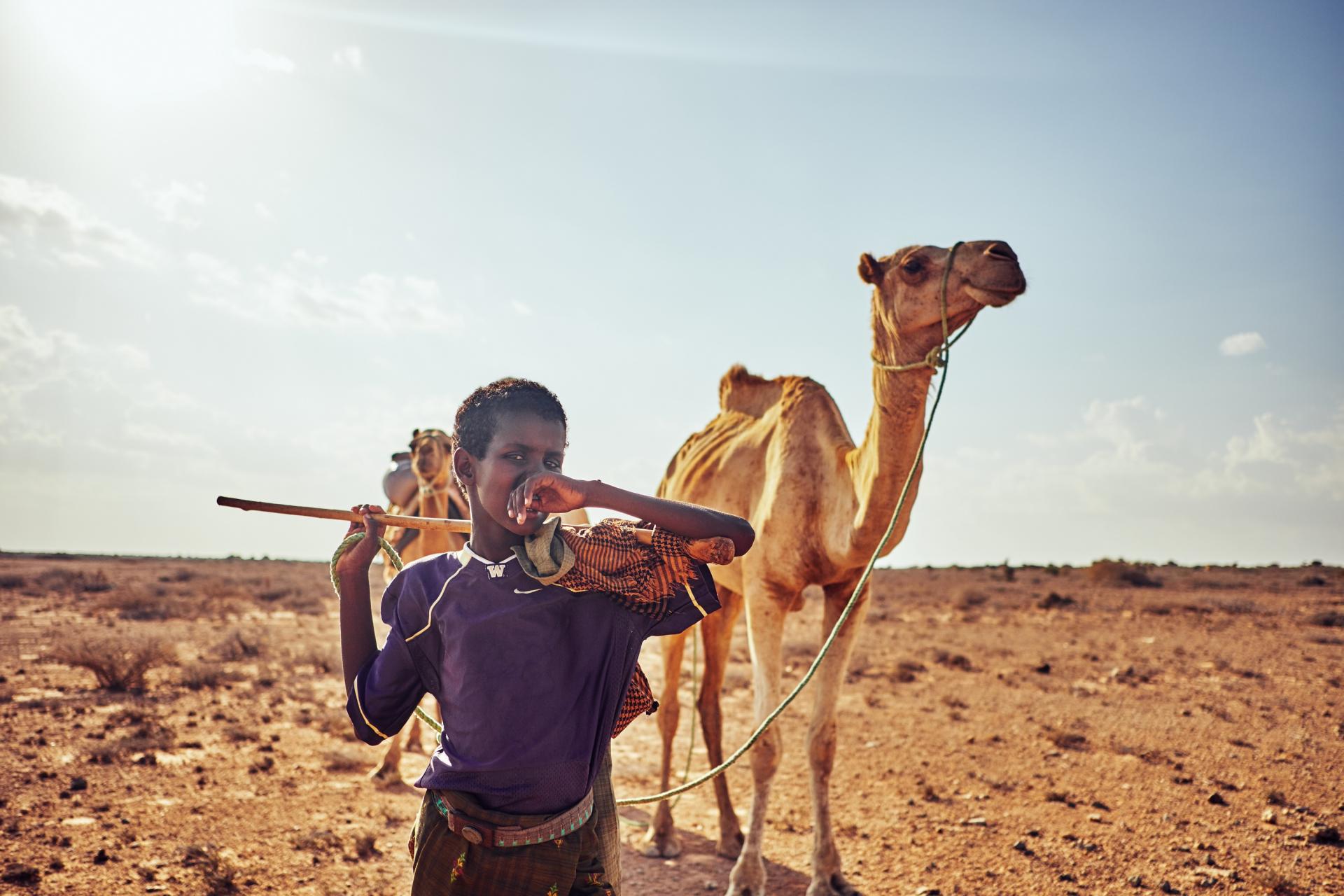
The causes of hunger
Hunger is predictable, preventable and treatable. But to end hunger, we must first understand and address the problems that perpetuate the global hunger crisis.
CLIMATE CRISES
CLIMATE CRISES
The climate crisis is causing hunger and malnutrition around the world.
DISASTERS AND EMERGENCIES
DISASTERS AND EMERGENCIES
Humanitarian emergencies disrupt and destroy the livelihoods of millions of people.
POVERTY
POVERTY
Extreme poverty, lack of sufficient food and hunger are closely linked.
CONFLICTS
CONFLICTS
75% of the world's undernourished people live in conflict zones.
JOIN THE FIGHT AGAINST HUNGER
INSTITUTIONS
THAT SUPPORT US



